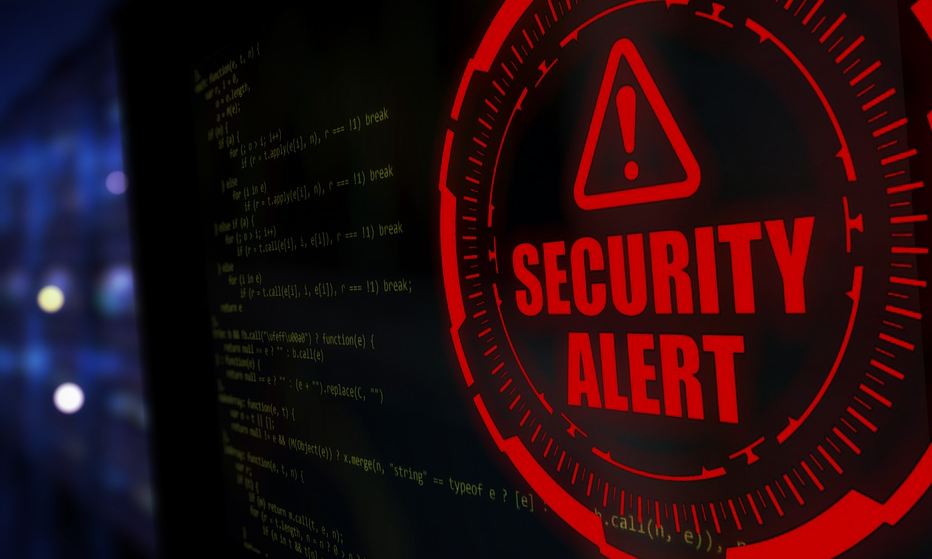As software organizations become increasingly digital, cybersecurity threats become more and more pronounced. From malicious actors to accidental vulnerabilities, cyber risks can’t be ignored in the modern technology environment. This guide will cover all the steps involved in effectively managing cyber risk within a modern software organization. Stay tuned and take an in-depth look at everything you need to know about cyber risk management!
Scan Your Framework
Modern software organizations must take extra precautions to ensure they are managing cyber risks effectively. One proven way to do this is by scanning the framework of their system regularly. Finding adequate Kubernetes CIS benchmarks will help tremendously in figuring out what you need to do next. This form of proactivity helps identify any vulnerabilities, weak or broken links, or inconsistent security measures that could lead to a breach in cybersecurity.
By taking the time to scan the framework thoroughly, organizations are better equipped to respond quickly and appropriately if an issue does arise. The key is to stay on top of these scans as part of your regular cyber risk management practices – prevention is always better than cure!
Conduct Regular Risk Assessment
Risk assessments can help identify and mitigate potential threats, pinpoint weaknesses in processes or systems, and provide a framework to develop contingency plans if the unexpected were to occur. By taking the initiative to conduct a risk assessment, organizations can gain control over cyber security vulnerabilities and ensure they are prepared in the event of an attack or data breach.
Furthermore, these processes should be repeated periodically to protect against new risks that may arise and establish a clear understanding of what controls are appropriate based on the organization’s defined scope. Relying on regular risk assessments as part of effective cyber risk management enables software organizations to remain resilient and continue operations with confidence.
Keep Everything Updated
In order to effectively manage cyber risks in the modern software organization, staying organized is essential. Playing proactive defense by having a system of governance in place with strict protocols and protocols can limit risk exposure. Keeping track of how your team accesses data, stores confidential documents, maintains records, and encrypts information should all be taken into careful consideration.
By ensuring that best practices are followed so that vital security procedures are used and updated regularly, you can help ensure cyber safety is being taken seriously throughout the software organization. These measures should not be taken lightly — organizational-level protection needs to be a top priority for any successful digital business today.
Implement Access Control
Access control is a key tool for managing cyber risk in modern software organizations. By tweaking different permissions settings, system administrators can customize the access users have to certain levels of data or functions within the system. This creates robust layers of protection against unwanted intrusions or malicious activities. Establishing one not only enhances security but also decreases overhead costs by ensuring that only necessary personnel have access to confidential information.
Implementing access control in your organization is an easy way to take the first step in fighting cyber risks and protecting sensitive data.
Train Your Staff
Staff training is essential to manage cyber risks in modern software organizations. While there are numerous strategies for protecting data, the first and most important step for any organization is training staff about the importance of cybersecurity and the potential risks associated with their actions.
By creating learning programs addressing topics such as digital technology, online security principles, planning for potential threats, and employee safety protocols, organizations can create an environment in which employees are fully aware of their role in preventing cybercrime. Furthermore, your staff should be regularly updated on workplace policies and risk management tools. Regular awareness training will help ensure that all members of the organization remain vigilant when it comes to keeping its data safe from cyber criminals.
Use Encryption
Organizations can use encryption to protect their data and keep information secure regardless of who has access to the systems. This means that most malicious actors trying to breach systems won’t be able to piece together stolen details unless they can decrypt the messages. Here are the steps you should take to make this effective:
- choose the encryption software
- select the files to encrypt
- pick an algorithm
- begin the encryption
- set a password
- save the files
This also gives employees peace of mind since they know that their information is safe and secure even if it passes through other applications or networks outside the company’s control. Utilizing encryption strategies will provide software organizations with a layer of security needed for 21st-century operations and better equip them against potential threats.
Get Antivirus Software
Installing an effective antivirus system on your company’s network can help identify malicious activity and deter future threats, thus helping to protect intellectual property, customer data, and other sensitive information from harm. With the right security protocols in place, you can rest assured that your business assets are better protected against malware, viruses, Trojan horses, and other potentially damaging code. Investing in the right antivirus solution can not only be a cost-effective deterrent but also add an invaluable layer of protection to any modern software organization’s security infrastructure.
Monitor And Analyze Security Logs
Monitoring security logs is a crucial step in managing cyber risk in modern software organizations. By keeping track of user activity and recognizing patterns, it’s possible to detect information leaks, malicious actors, and other potential security threats before they cause damage. In fact, many data breach incidents can be spotted early on by closely monitoring the logs.
When done effectively, security logging can not only prevent threats but also keep organizations compliant with any applicable regulations. With the right measures in place, software organizations will have peace of mind knowing their business remains secure from cyber risks.
Everyone wants their software organizations to be well protected against potential cyber risks. From scanning frameworks to conducting regular risk assessments, keeping everything organized, and implementing access control, everyone in the organization needs to understand how to better manage cyber risks. Training the staff is essential since they are a crucial part of the process, while encryption, antivirus software, and monitoring security logs can also make sure that your organization is secure from any kind of cyber attack.
It’s important for each software organization to actively determine its own strategies for dealing with cyber risks. While making use of these suggestions can help, it’s best for each organization to take further steps on its own in order to keep its data safe!


